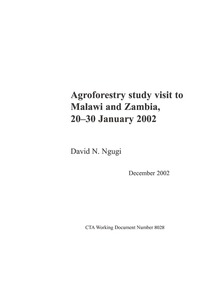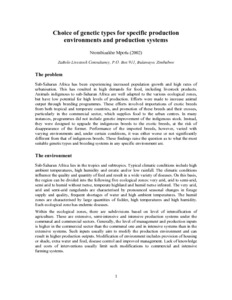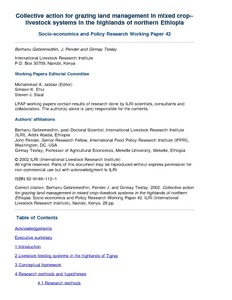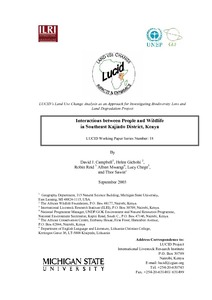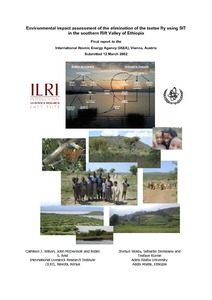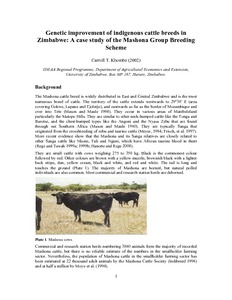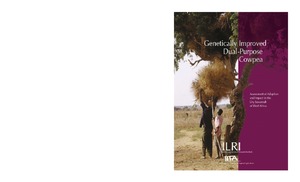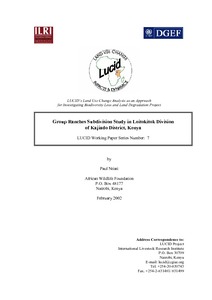Carbon sequestration in dryland ecosystems of West Asia and North Africa
The West Asia–North Africa (WANA) region has a land area of 1.7 billion ha, and a population of 600 million. Desertification and soil degradation are severe problems in the region. The problem of drought stress is exacerbated by low and erratic rainfall and soils of limited available water holding capacity and soil organic carbon (SOC) content of less than 0.5 per cent. The SOC pool of most soils has been depleted by soil degradation and widespread use of subsistence and exploitative farming systems.


